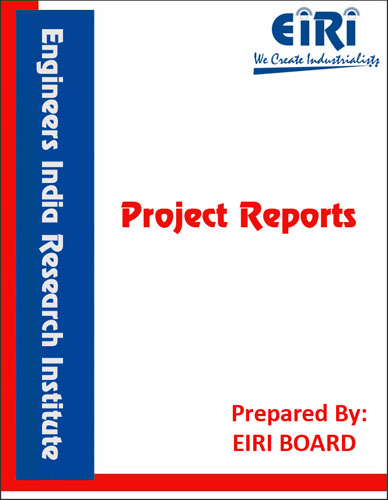GUNNY BAG MANUFACTURING PLANT
The project report includes Present Market Position and Expected Future Demand, Market Size, Statistics, Trends, SWOT Analysis and Forecasts. Report provides a comprehensive analysis from industry covering detailed reporting and evaluates the position of the industry by providing insights to the SWOT analysis of the industry.
We can prepare PROJECT REPORT as per your INVESTMENT PLAN for BANK LOAN REQUIREMENT and INDUSTRY ANALYSIS. All reports are prepared by highly qualified consultants and verified by a panel of experts.
Have Query? Click Here to Chat
Industry Expert is Online, Chat with him for more detail.

Jute is a naturally occurring, inexpensive fiber that is biodegradable and environmentally friendly. Because of its natural golden shine, jute is also known as “the golden fiber.” Jute is most commonly used to make consumer goods such as bags and rugs. When the jute industry started in India, one of the earlier developments was the manufacture of jute sacks. The bulk of jute sack production is used for all types of jute bags. Sacking bags, woven wholly from jute fabrics, are available as plain and twill bags. Jute bags, the other name for sacking bags are mainly used to pack cement, sugar and other bulky articles, which are packed in weight range from 50 to 100kgs. These are tailored as per customer’s specifications in terms of size and to meet the ever increasing demand of jute bags in the farm sector, agro‐based industries and cement industries. The Jute Textiles Industry occupies and important place in the national economy. It is one of the major industries in the eastern region, particularly in West Bengal. It supports nearly 4 million farm families, besides providing direct employment to about 2.6 lac industrial workers.
The jute industry is labor intensive and contributes about Rs.1,200 crores annually to the export earnings.
Indian Jute Industry
Jute, the Golden Fiber as it is called, is a plant that yields a fiber used for sacking and cordage. Known as the raw material for sacks the world over, jute is truly one of the most versatile fibers gifted to man by nature that finds various uses in the form of Handicrafts. Next to cotton, jute is the cheapest and most important of all textile fibers. Jute is being cultivated in India for centuries. The landmark in the history of jute industry in India dates back to 1854 when the first jute mill as set up by George Auckland at Rishra in Hoogly district of West Bengal. Jute is predominantly a crop of eastern India.
The production process in the jute industry goes through a variety of activities, which include cultivation of raw jute, processing of jute fibers, spinning, weaving, bleaching, dyeing, finishing and marketing of both raw jute and its finished products. Currently the production of the fibre in India is around 100 lakh bales and about 73 jute mills are operating in the country at present. Besides, there are several small scale industries in the decentralized sector producing handicrafts, decoratives, twines, pulp & paper from jute and allied fibers and particle board from jute stick.
Project Report Includes:
Introduction
Product Description
Jute Sacking Bags & Their Usage
Types Of Jute Sacks
Uses And Application
B.I.S. Specifications
Market And Scope
Detailed Export Data Of Empty Gunny Bags
Overview Of India’s Food Grain
Manufacturers/Exporters Of Gunny Bags
Manufacturing Process
Process Flow Diagram
Details Of Automatic Jute Bag Making Machine
Manufacturing Process Of Gunny Bags From Yarn
Process Flow Chart
Principles Of Plant Layout
Plant Location Factors
Explanation Of Terms Used In The Project Report
Project Implementation Schedules
Plant Layout
Suppliers Of Raw Materials
Suppliers Of Plant And Machinery
Appendix – A :
- Cost Of Plant Economics
2. Land & Building
3. Plant And Machinery
4. Fixed Capital Investment
5. Raw Material
6. Salary And Wages
7. Utilities And Overheads
8. Total Working Capital
9. Cost Of Production
10. Profitability Analysis
11. Break Even Point
12. Resources Of Finance
13. Interest Chart
14. Depreciation Chart
15. Cash Flow Statement
16. Projected Balance Sheet



